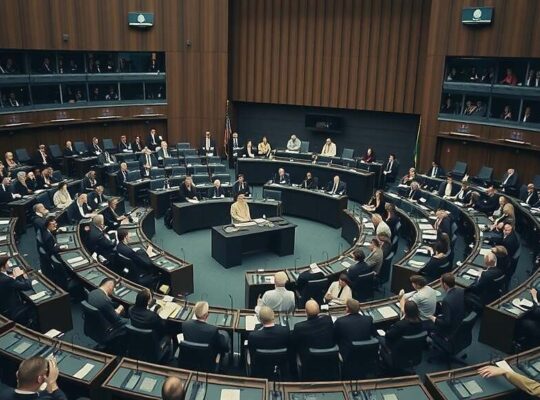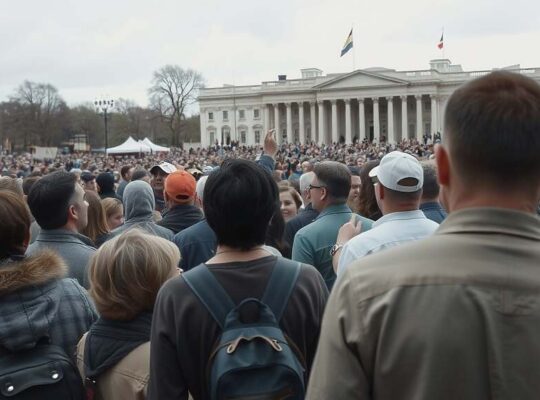US markets closed significantly weaker Thursday, signaling underlying anxieties despite the formal conclusion of the longest government shutdown in American history. The Dow Jones Industrial Average finished at 47,457 points, a decline of 1.7% from the previous day’s close. The Nasdaq 100 shed 2.1% to reach 24,993 points, while the broader S&P 500 decreased 1.7% to 6,737 points.
The muted market response to the shutdown resolution underscores the fragility of investor confidence. The temporary nature of the agreement – extending funding only until January 2026 – leaves substantial uncertainty surrounding future fiscal policy and potential for renewed political gridlock. This, coupled with a growing skepticism towards the valuations of major technology companies, is contributing to market volatility.
“Nervousness persists due to the high valuations across US equity markets; every statement is immediately factored in” noted market analyst Andreas Lipkow, reflecting a sentiment shared by many observing the current economic climate. The emphasis on immediate reactions highlights a market increasingly sensitive to geopolitical and economic updates, suggesting a diminished appetite for risk.
Elsewhere, the Euro strengthened to $1.1631, reflecting a potential shift in investor appetite for European assets. Gold weakened, trading at $4,167 per fine ounce, possibly indicating a flight from safe-haven assets as the immediate shutdown-related anxieties subside. However, the slight increase in Brent crude oil, reaching $62.89 per barrel, suggests ongoing concerns about potential supply disruptions and geopolitical risks are still influencing commodity markets. The divergence in performance across different asset classes points to a complex and nuanced investment landscape, shaped by ongoing political and economic uncertainties.












